Core expertise
Research at Michigan Engineering runs the gamut from basic studies that underpin technologies to the development of devices that are ready for commercialization.
We lean hard toward technology transfer and entrepreneurship, ensuring that ideas can make the leap from the lab to industry, healthcare and society at large. We’re recognized as leaders in the following research areas. While the list is extensive, it’s not exhaustive—you can find more detailed information about faculty research by exploring individual departments.
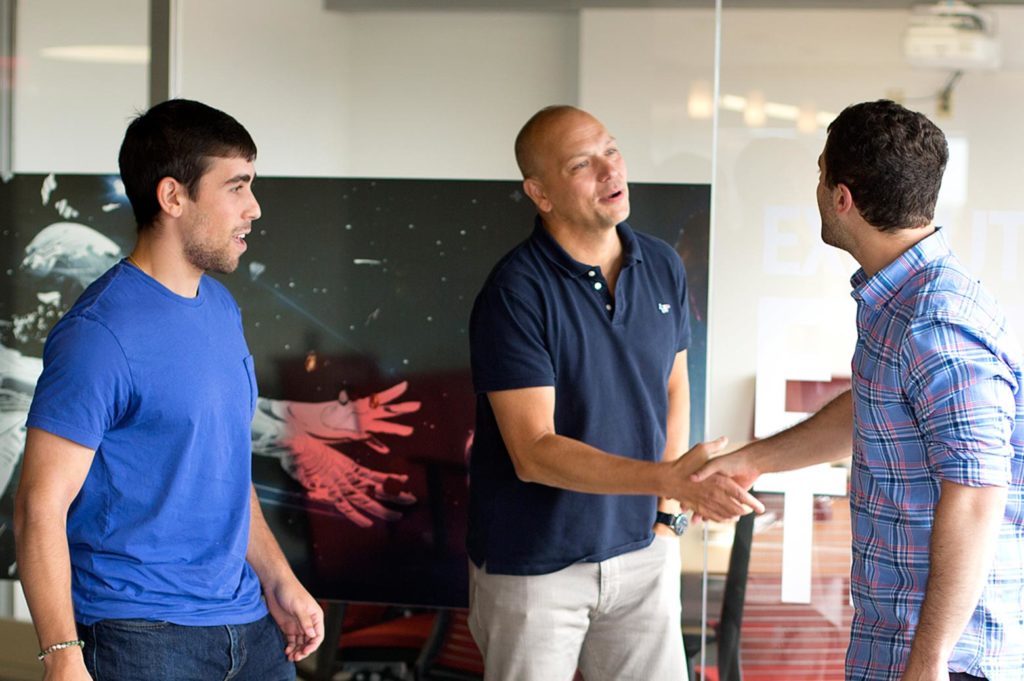
Partner with us
Expertise across engineering fields, world-class tools to make your project happen. Get in touch to find out what we can do together.
Jump to:
Computing, Energy and Sustainability, Manufacturing, Precision Medicine, Robotics, Security, Space
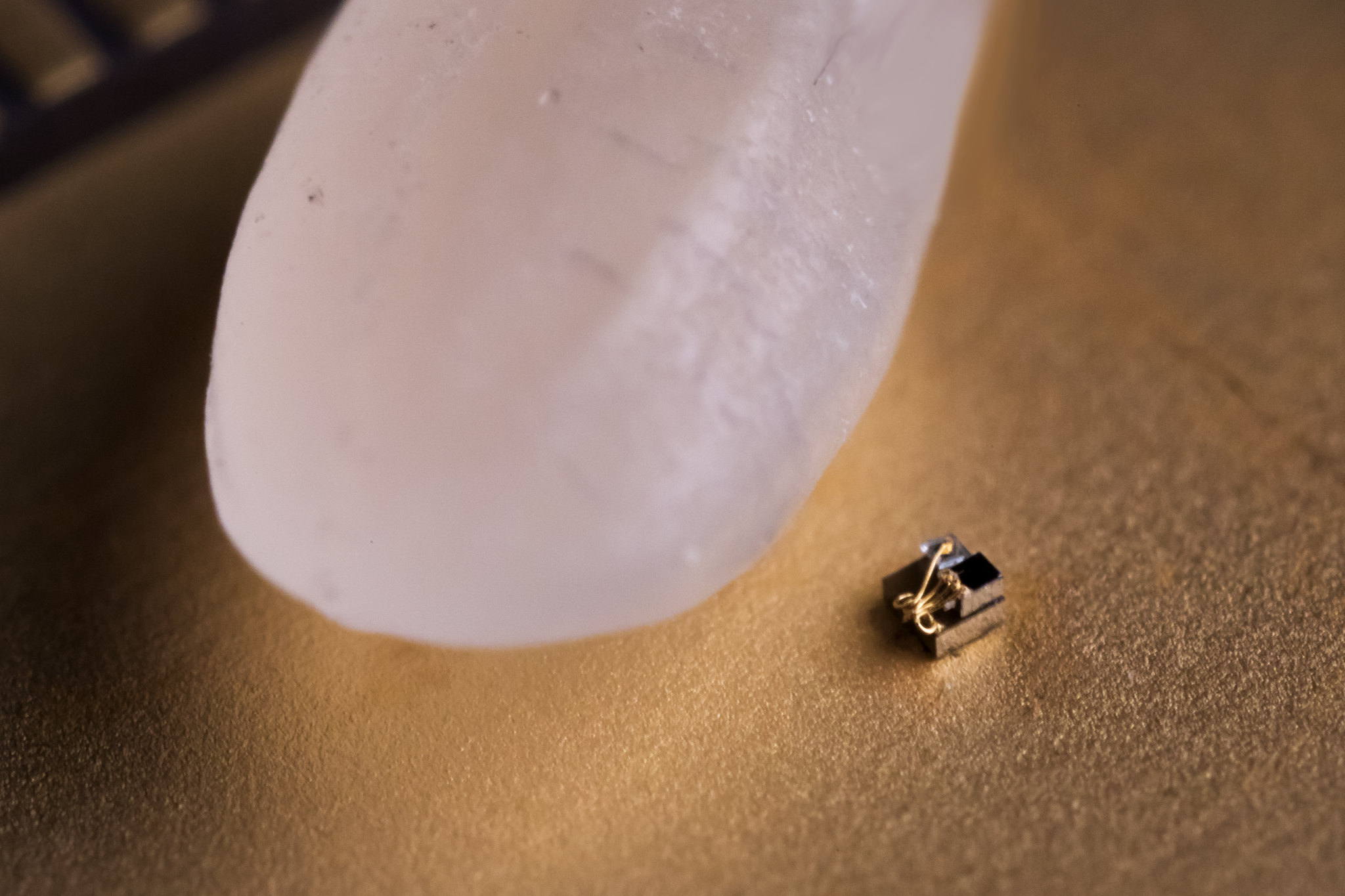
Computing
Computing continues to evolve rapidly, and we’re at the forefront of the field, expanding roles of computers in consumer tech and in industry. Faculty here lead in:
- Future computer architectures
- Software systems
- Cybersecurity
- Display technology
- Machine learning
- Virtual reality
- Wireless communication
- Embedded/low power computing
Michigan engineers also develop sophisticated computer simulations that provide insights into the theories that underpin fluid dynamics, self-assembling nanomaterials, weather and climate modeling, space weather and other plasma interactions, ship and marine systems, nuclear reactors and material properties.
Computing news
March 3, 2021
By putting a twist on new “2D” semiconductors, researchers have demonstrated their potential for using single photons to transmit information.
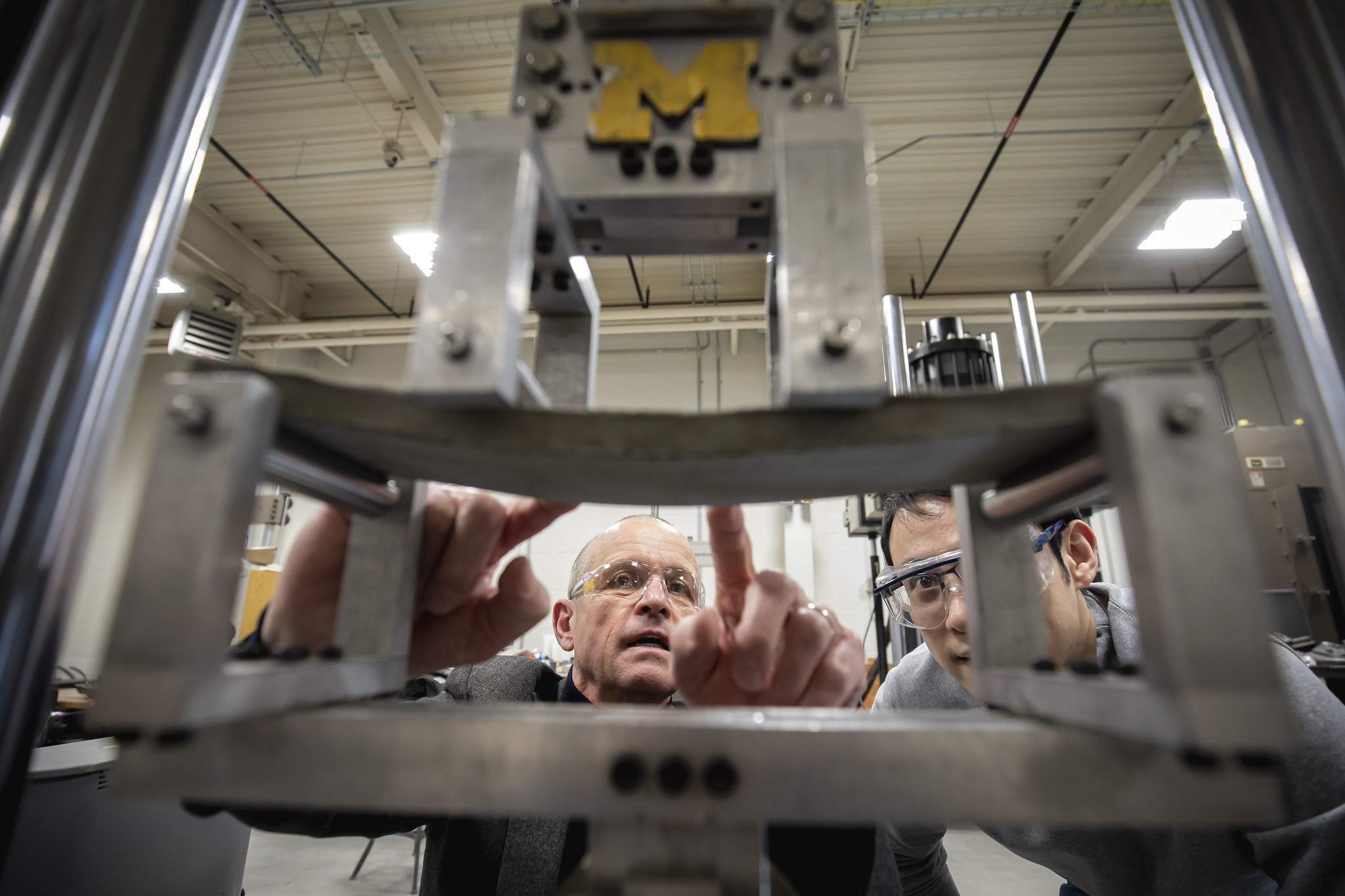
Energy and sustainability
With institutes devoted to energy and sustainability, U-M is committed to finding a way to balance quality of life with the health of the planet. Engineers at the college help find ways to capture solar energy, safely generate nuclear power, produce biofuels and improve batteries to power our buildings, vehicles and gadgets. Michigan engineers are also engaged in monitoring and protecting the environment through sensors, climate diagnostics and research on the Great Lakes.
The supply of drinking water and the handling of garbage remain challenges for both the developing and developed worlds, so engineers at the College are seeking better ways to address these needs.
Energy and sustainability news
November 12, 2020
Lithium metal solid-state batteries can provide a safer, more powerful alternative to the current standard.

Manufacturing
The University of Michigan has a long heritage in manufacturing and a history of collaborating with industries in Detroit. While automotive manufacturing is still a major focus, with an institute for studying lightweight metals, the college’s expertise also extends to the very small with micromachining, miniaturized systems, nanomanufacturing and self-assembly.
Michigan engineers develop ways to avoid breakdowns through preventive maintenance and predicting failures, manufacture alternative energy equipment, use plasma (ionized gasses) to process materials, and explore personalized production such as 3D printing.
Manufacturing news
January 11, 2019
The new method also results in a stronger print than typical layered models.
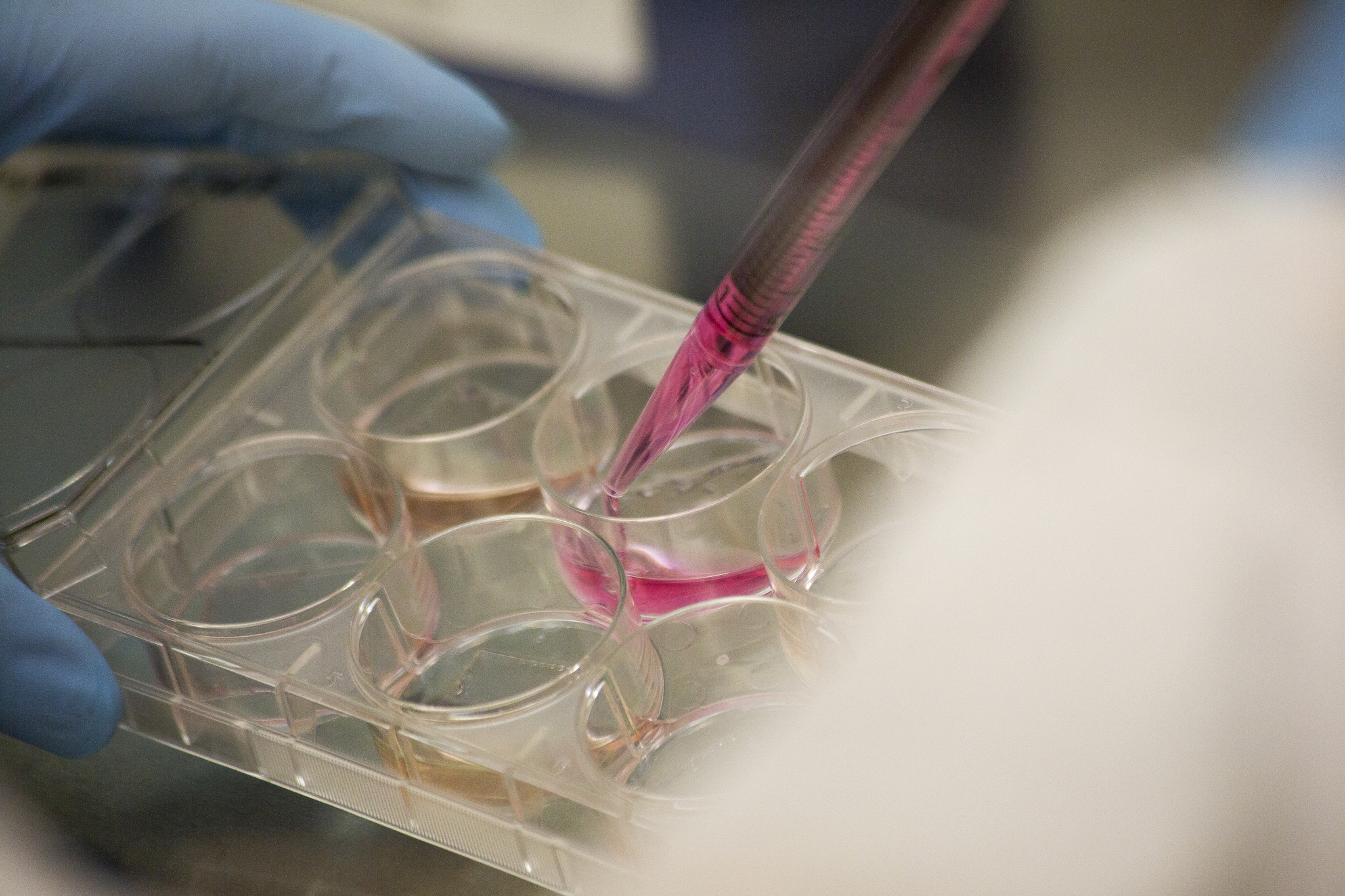
Precision medicine
One day, doctors may be able to heal large wounds with stem cells grown from the patient’s own tissue. Drugs could be delivered directly to the site of infections, reducing side effects. Cancer could be biopsied with a blood test. Medical monitoring could be less obtrusive and more informative. Prosthetics could link up with a person’s brain, making movement intuitive again. Treatments could improve with better understanding of biomechanics as well as our internal ecosystems.
Working alongside a strong medical school and a leading hospital, Michigan engineers are poised to help fulfill the promise of stem cells, nanomedicine, lab-on-a-chip diagnostic systems and more. It also puts engineers in a perfect position to understand what goes wrong in patient safety and design systems that prevent mistakes from occurring.
Precision medicine news
November 10, 2020
The new approach helped seven out of eight mice fight off glioblastoma, the most common and aggressive form of adult brain cancer.
Robotics
The new Ford Motor Company Robotics Building, a one-of-a-kind,134,000 square-foot facility on North Campus, puts U-M in a small, elite class of institutions with dedicated robotics facilities. The $75 million building houses the University of Michigan’s Robotics Institute and its top-ranked robotics research and education programs. And it underscores U-M’s leadership and commitment to advancing this fast-moving, world-changing field in a collaborative way that truly serves the common good. The building coalesces disciplines under one roof because today’s complex societal problems demand an interdisciplinary approach—across disparate fields like engineering, medicine, humanities, social sciences, architecture, design and law. It brings together researchers from 23 buildings and ten top-10 programs.
Robotics news
March 16, 2021
The facility will accelerate the future of advanced and more equitable robotics and mobility.

Security
As the threats facing the nation continue to shift, Michigan engineers find new ways to combat them. Faculty here lead major projects to fight the spread of nuclear weapons and design safer and more effective military vehicles. Others excel in chemical and biological detection, cybersecurity and technologies for autonomous reconnaissance.
Security news
February 24, 2021
University of Michigan’s MORPHEUS technology emerges unscathed from bug bounty effort.
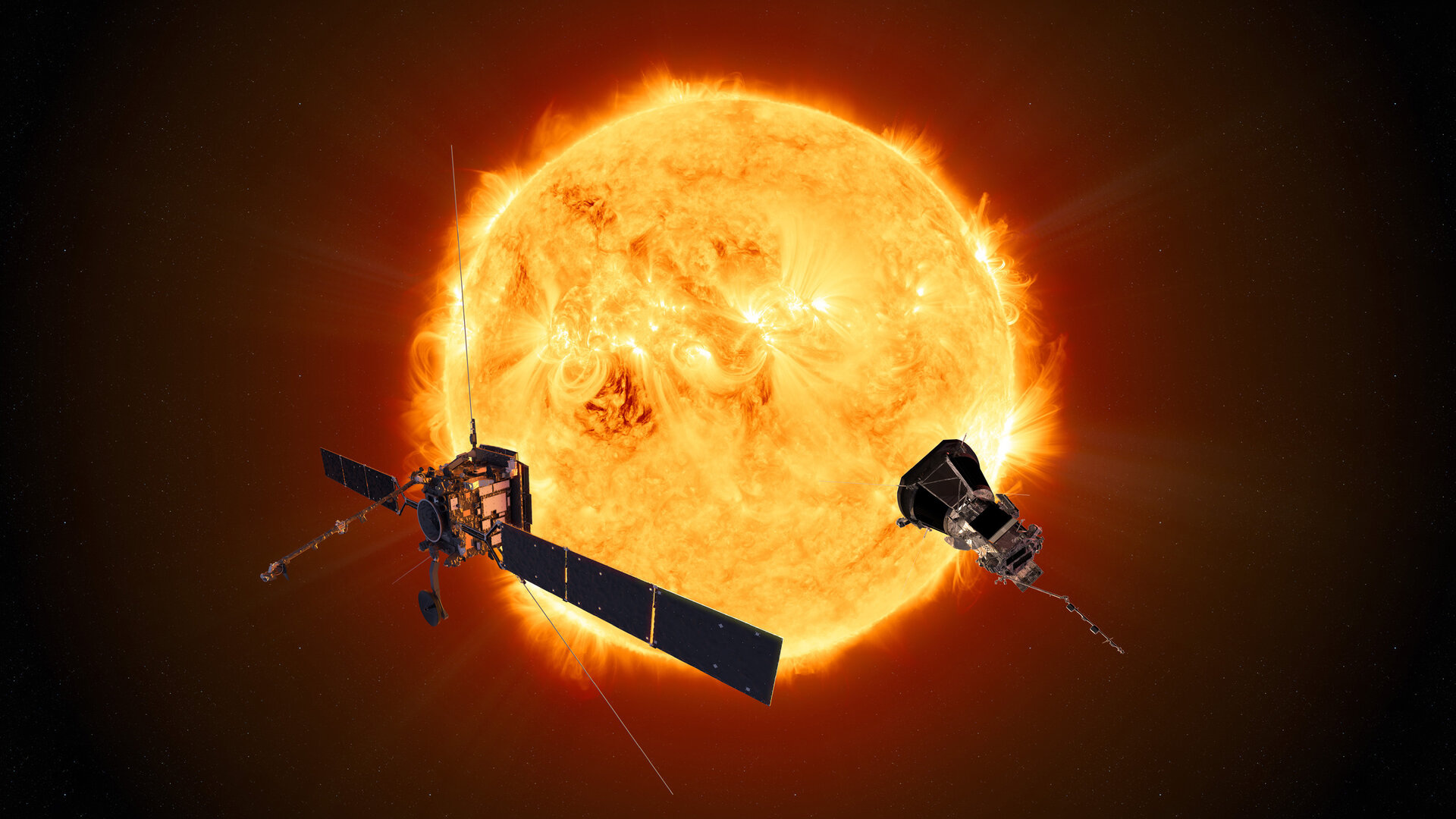
Space
Researchers at Michigan Engineering design equipment to explore space and study our own planet from beyond the atmosphere. Faculty build bread-loaf-sized satellites called cubesats that hitch rides to space on NASA rockets or develop more traditional missions such as a NASA-backed constellation of satellites for tracking extreme weather. Researchers here produced the leading space weather forecasting software.
Michigan engineers have participated in the design and building of equipment on both the Mars Curiosity rover and the comet-catching Rosetta mission. With one of the largest vacuum test chambers on a university campus, engineering faculty research plasma thrusters that may one day take humans to Mars.
Space news
February 16, 2021
As the Mars 2020 launch approaches, a separate effort is using simulations to understand landing dynamics for tomorrow’s missions.